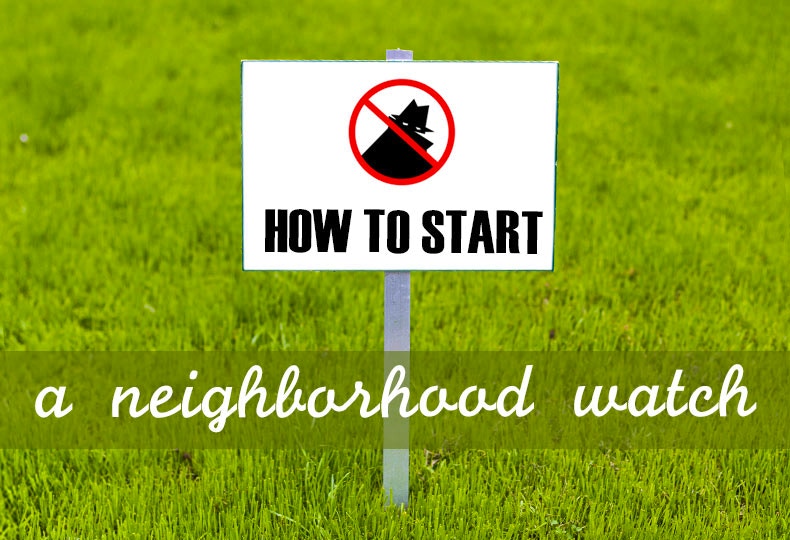When we choose where to live, we all want it to be a safe and friendly place. We want to be able to take an evening stroll or a morning run and feel safe doing it. Great places to live just don’t happen; it takes everyone who lives there pitching in to create this kind of environment. A good first step to take is to create a Neighborhood Watch Program. Neighborhood Watch Programs have been helping communities raise awareness and minimize crime since 1972.
Here are the important steps to follow in order to start a program in your community.
- Recruit and organize as many neighbors as possible to discuss starting the program. You will need a minimum of 40% participation.
- Once you have contacted neighbors and have sufficient interest, locate a meeting place – a home, meeting room, or a church in your area.
- Register your Neighborhood Watch at www.nnw.org.
- A uniformed officer will be assigned to your group and will schedule two meeting dates and times. Distribute these meeting times via flyers, email, and social media to your neighbors.
A helpful tip: Neighborhoods can now communicate privately via Nextdoor.com. This could be a great way to schedule meetings and let your neighbors know when you’ll be out of town so they can keep an eye on your house.
Here is what you can expect to be covered in each Neighborhood Watch meeting with your assigned uniformed officer.
Meeting #1: Residential Security
- Review proper locking devices for doors.
- Review landscaping tips to prevent hiding places for criminal activity.
- Review identification procedures for valuables.
- Learn how to use indoor and outdoor lighting for added security.
- Review home alarm systems as the first line of defense.
- Learn how to identify suspicious vehicles and suspects.
- Learn how to recruit block captains.
- Review the proper way to report criminal activity.
Meeting #2: Organizing your Neighborhood Watch
- Review materials covered in the first meeting.
- Discuss the issues of greatest concern in your neighborhood, and how to handle different types of situations.
- Assist in diagraming a neighborhood map marking the locations where Neighborhood Watch signs will be placed. Ask your local officer to help you purchase signs through the National Sheriffs’ Association.
- Determine future meeting dates and other events for the coming year.


